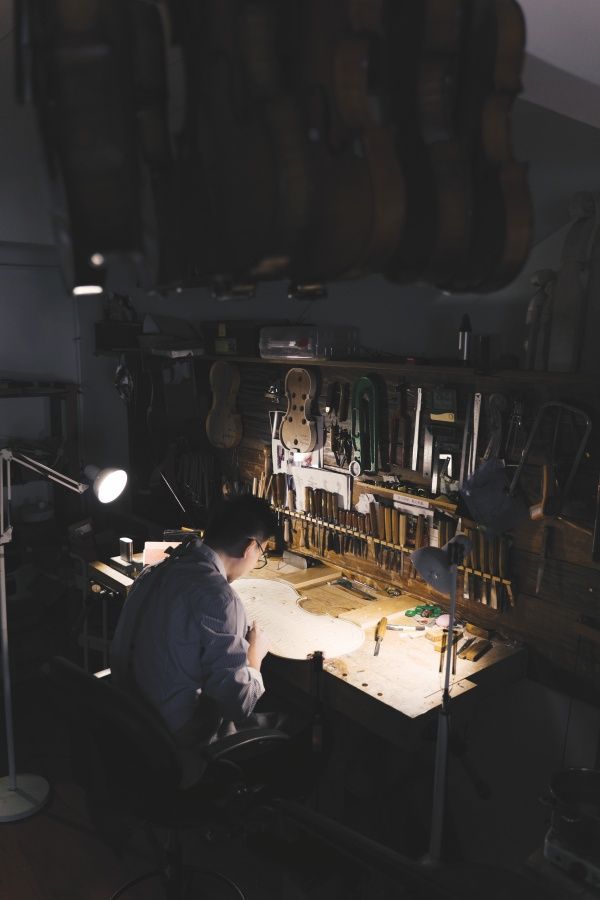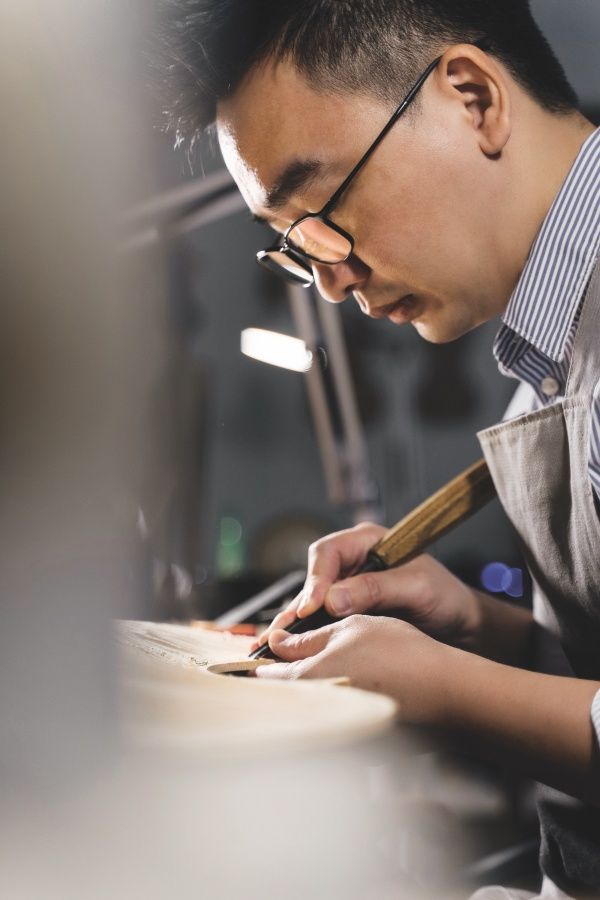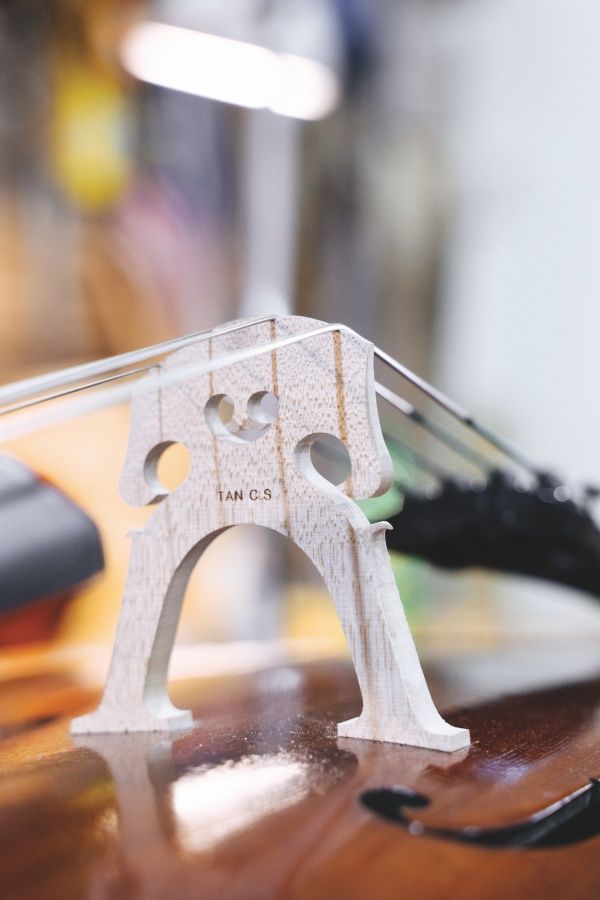Award-winning luthier Tan Chin Seng makes the best violins, violas and cellos in the region, right out of his shop in Bandar Sri Damansara
Working on the fringe of the music market, 42-year-old Tan Chin Seng is invisible and unknown outside of the small violin community in the region. Yet, for over a decade now, Tan has been making bespoke violins, violas and cellos from his shop in the residential township of Bandar Sri Damansara, north of Petaling Jaya. Virtuosos from France, Hong Kong, Singapore, Thailand and Malaysia place orders to craft and customise their instruments and each project he takes on is a labour of love, resulting in just over a handful of completed instruments a year.
See also: Award-Winning Pianist Mei Lin Hii on Keeping Classical Music Relevant in Modern Times
While he owns his workshop and music school dubbed Deciso, Tan is more craftsman than businessman. Like many other 21st-century craftspeople, he practises his craft as a way of life, working towards his personal best and using natural materials while applying time-honoured processes. He invests his time and money very specifically—to buy wood and spruce, to travel to Val di Fiemme in Italy to get the best sounding spruce, and to pass on his skills to the next generation.
Craftsmen and carpenters are a niche group of people, and within that, luthiers even more unheard of in this part of the world. This is not a glamorous or lucrative profession.


It takes an experienced luthier an average of 300 hours to make a violin from scratch. For Tan, that translates to approximately two months an instrument. “Individual work like mine is an instrument with life and soul, and because it’s handcrafted, every single piece is unique,” he says.
Currently, the price tag for Tan’s instruments ranges from RM45,000 for a violin or viola to RM90,000 for a cello. The clients that typically seek him out are mostly established performers and collectors—both local and overseas—including some of the most talented young musicians rising in the philharmonic scene in Malaysia. When a client goes to him to custom-make an instrument, the process is not unlike going to a bespoke tailor. “I tailor the instrument to suit their physique as some people have smaller hands or shorter arms. I am able to build an instrument to lessen their burden and maximise their potential.
“Normally the first step would be to watch them perform, to hear how they approach the instrument—each person has a very specific sound and approach towards the instrument. After that I will try to understand what they look for in an instrument in terms of sound and what attracts them visually in an instrument.”
See also: Piano Prodigy Tengku Ahmad Irfan's Passion for Music Runs Deep
What gives him immense pride is the process itself: carving the woods into its highest aesthetic form; while making sure it performs to a high degree of accuracy so that the instrument sounds great and projects music well. “I am well aware that many artisans don’t like to be rushed but we are also commissioned to finish the musical instruments on time.” After the instrument is completed, it’s a passing of a baton, as Tan says, “I’m merely the creator; the musicians are the ones who will be taking what I created to greater heights and creating long-lasting memories.”



